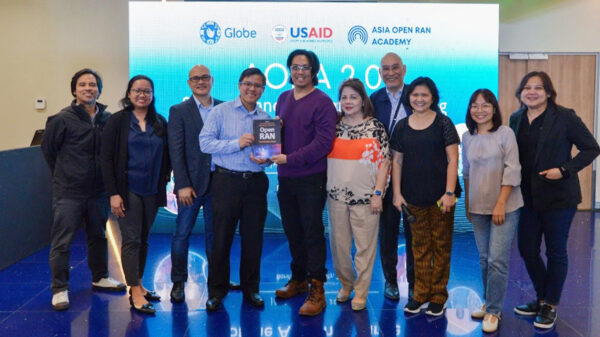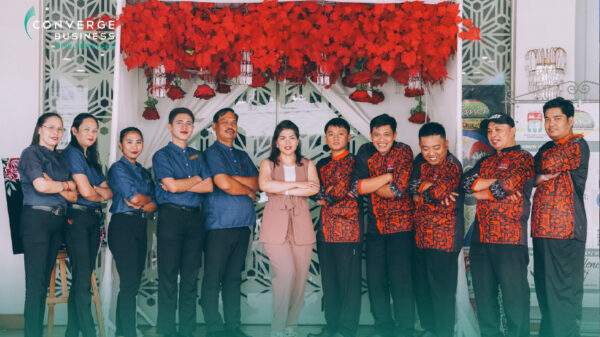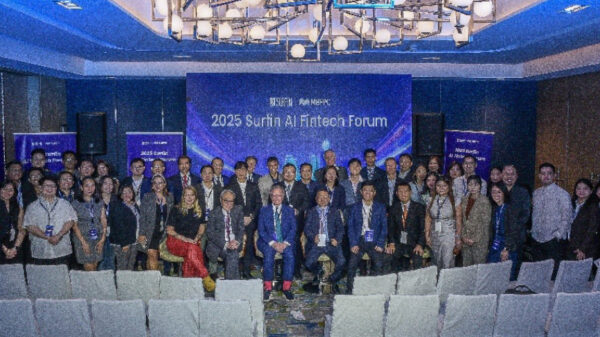By Yazad Dalal
Head of Strategy for EMEA, Oracle HCM Cloud
Many of us are guilty of thinking the whole world stopped when the pandemic first hit. We all went home, built flatpack desks, cleaned out the coffee machine, and jumped on our first 9am video call of many to come. That is simply not the case.
While easing restrictions, in some countries, will mean an inevitable migration back to offices for many, for many more it will simply be another day at work. Nurses will continue to save lives, police keep us safe on the streets, supermarket staff provide our food, lorry drivers deliver our goods, social workers keep children safe. In fact, 80% of workers don’t work behind a desk, and many can’t – and don’t – work remotely.
Without these people, the world would have ground to a halt. People’s labour is the business – and that business needs to continue in a post-COVID world. Consultancy, social care, and construction – all very different industries, but which all depend on personal relationships and interactions. But how can this continue, with employees working from everywhere?
People leaders continue to face a big challenge: ensuring employees are working in a way that’s safe and successful. Desk or no desk, success hinges on one thing: leaving no one behind technologically.
Say goodbye to the old way of working
In the old world, rolling out new technology in phases reduced risk in the short term. It also led to dragged out, siloed projects that failed to make an impact. When a business has to move and change fast – like the onset of the pandemic – we can see what speed is really possible. Now, the question is why we ever wanted phased implementations in the first place. From now on, it’s an all-in effort.
But it’s not just speed that will change. The number and seniority of staff with access to new technologies will change too. When a whole workforce needs certain tools immediately – including frontline workers who have historically been left out – we can see that there’s no value in being selective. If only a small number of workers get the goods, we only know how a small part of the workforce can be transformed. The pandemic showed us that technology has to fill in the gaps between people – that means between everyone.
Creating a technocracy
To work better together, we need democracy in technology. All workers should have access to the same pool of insights, technology and resources. While we can all agree that investment in automation and AI will be key to recovery, we’ll only see success when these tools are available to us all.
Achieving this level of integration, and at speed, won’t be easy. But it can be done. Poste Italiane’s 60,000 employees include the postmen and women of every Italian city. It had been rolling out its new digital learning platform in phases, starting with a select group of 100 employees. Once the pandemic hit, it made the decision to immediately roll it out to all 60,000 staff. Now, every single frontline employee has instant access to updates and new policies – critical at a time when their jobs were more difficult than ever before. The impact this had on staff is immeasurable.
As ever, there is no one-size-fits-all approach. However, it’s important to start with making the most of the tools and systems you have already. Not all frontline workers will have the same technologies, but almost everyone will carry a smartphone. Think about all the systems they could access from this platform alone – many of us do much of our day-to-day jobs on our phones anyway, from calling clients to paying for goods.
The UK’s West Midlands Police took advantage of this. They gave their officers access to front and back office systems via a smartphone app. When they needed new equipment on the job, they could simply log a request into the system and have it delivered to them on the beat. No more constant trips to the station, increasing efficiency and response time.
When a business has this unity of people, purpose and technology, it can do great things. It can move much faster than before, all through empowering their people.
What’s more, when all workers are connected, the business can better support and develop them. A quarter of people will need to upskill and retrain due to the shift to digital in the coming years. That’s why creating and prioritizing connection – through data – is crucial. Important updates and learning opportunities can be rolled out regularly and to everyone. Instead of losing access to valuable talent, people can be deployed where they’re needed most. And instead of being doomed to fail, people can be equipped with the tools to help them be their best.
Moving forward together
We’re all on our own path. While one business shifts towards a working model that’s almost entirely remote, another is readying itself for employee-centric hybrid working, and another focused on bottling up the office atmosphere to take anywhere. Each of these scenarios relies on employees to see success.
It’s employees who have the potential to innovate and discover a better way of doing things – whether they are on-site, on their patio, or on a train. But to unlock that potential, they need equal access to new technologies – and they need it fast. In the new world of work, there will be no waiting around. It’s go time.










































































































